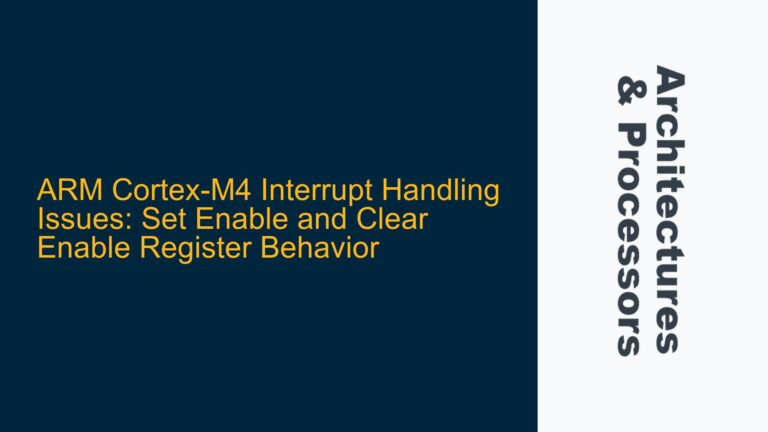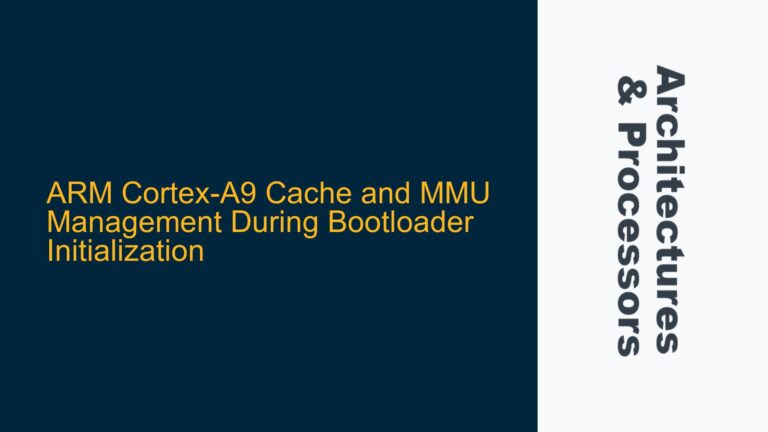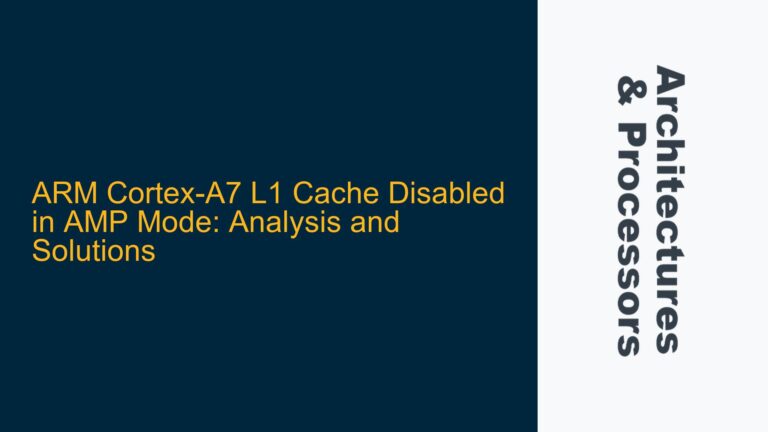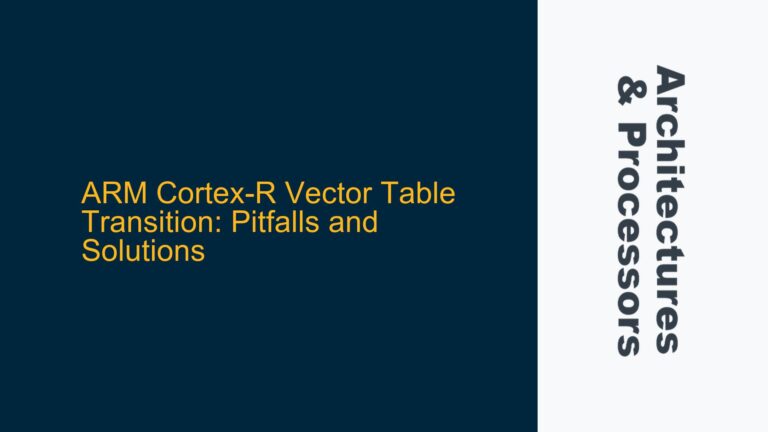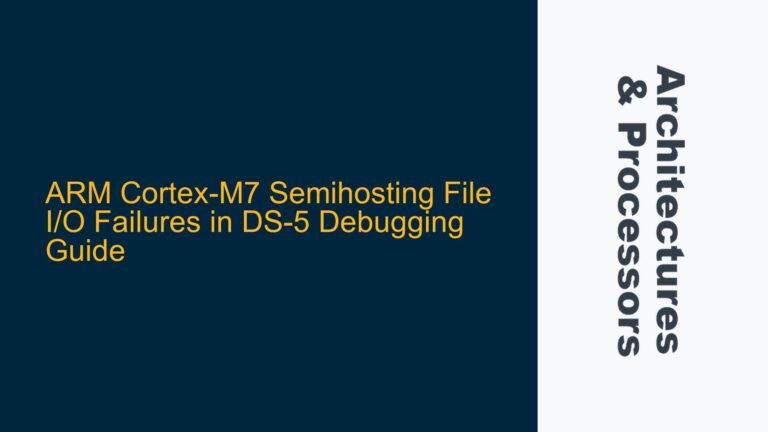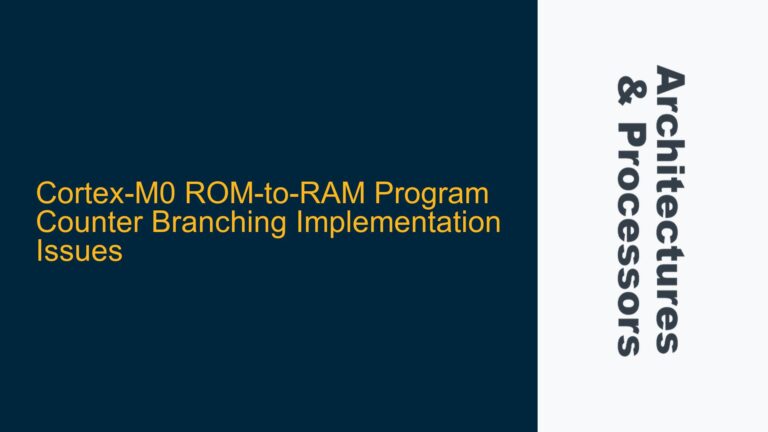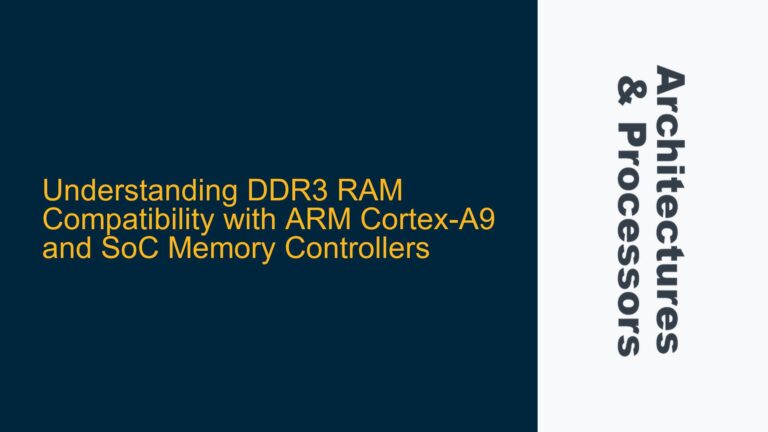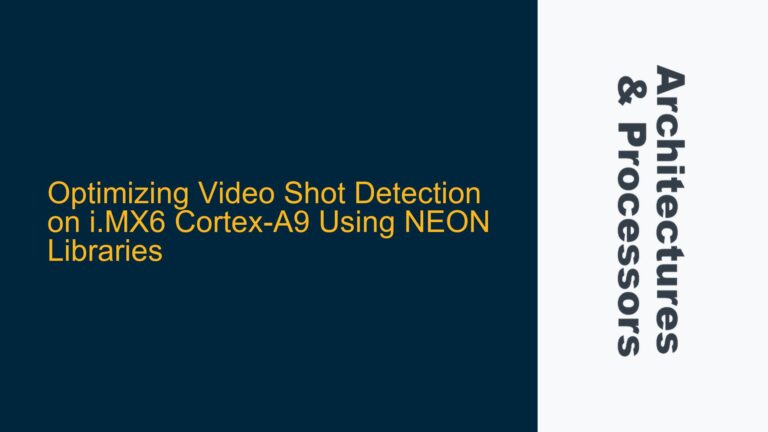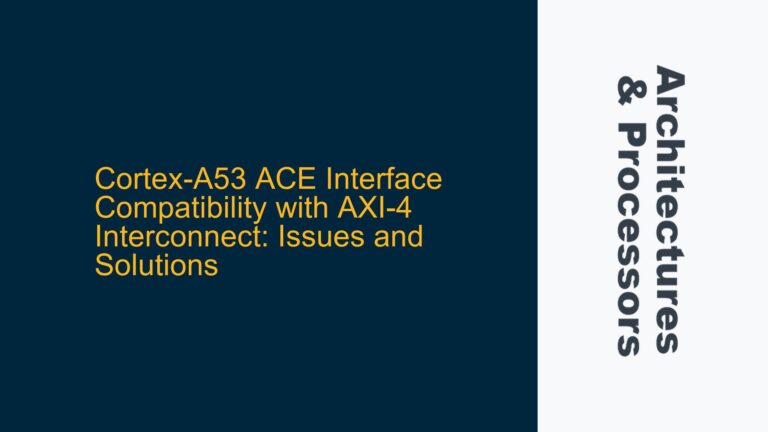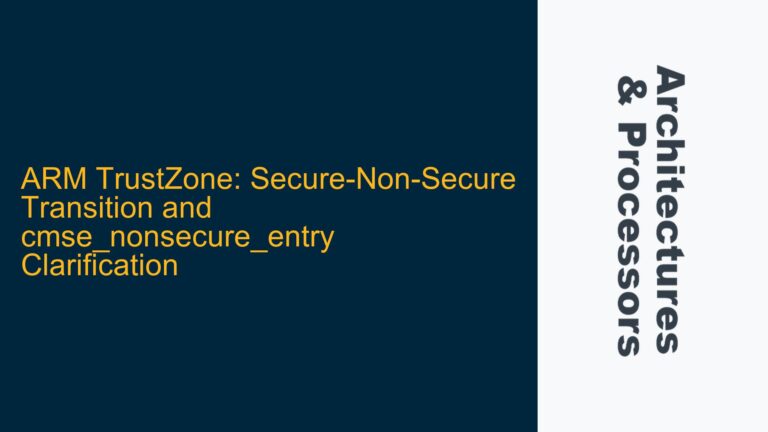ARM Cortex-M4 Interrupt Handling Issues: Set Enable and Clear Enable Register Behavior
NVIC Set Enable and Clear Enable Register Behavior in Cortex-M4 The behavior of the Nested Vectored Interrupt Controller (NVIC) in ARM Cortex-M4 processors, particularly regarding the Set Enable (ISER) and Clear Enable (ICER) registers, can be a source of confusion for developers. When enabling an interrupt using the NVIC_ISER register, it is observed that the…
